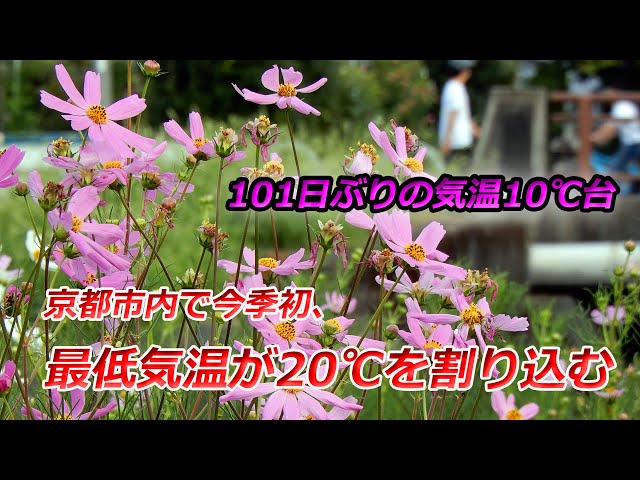"Gomu Yakisoba," a local gourmet dish from Fukuchiyama City, Kyoto Prefecture, is in trouble. Characterized by its chewy texture and rubber band-like noodles, this popular dish originated in an okonomiyaki restaurant in Fukuchiyama City after the war. However, the only noodle factory that had preserved the unique and time-consuming method went out of business in May 2025, and a number of restaurants have since given up on serving it. "I don't want the history to die out," says one restaurant owner, who has started making the noodles himself.
The dish originated at Kobeyaki, a long-time okonomiyaki restaurant in Fukuchiyama City. The founder, unable to forget the taste of Cantonese noodles he ate in Manchuria, China during the war, worked with a local noodle manufacturer to recreate the dish after much trial and error. By the 1980s, around 15 restaurants in the city were using these noodles to serve yakisoba.

It was a council formed in 2012 by the 76-year-old owner of a "Konamonoya" (flour shop) in Ekimae-cho, Fukuchiyama City, and others that popularized the name of gomu yakisoba. They noticed the nickname "gomu soba" given to them by regular customers at each shop.

At the time, the redevelopment of Fukuchiyama Station was causing the shopping district north of the station to lose its vitality. The owner of "Konamonoya" recalls, "We tried to find a way forward by leveraging the impact of the name and the story that continues from Kobeyaki." Riding the B-grade gourmet boom, it has grown into a local delicacy that attracts many tourists.
The distinctive feature of gomu yakisoba is that the fresh noodles are rinsed in running water and steamed twice. The noodle factory in the city that had been responsible for producing them went out of business in May 2025, and several of their former business partners are no longer able to serve the dish.
At "Konamonoya," 90% of customers order gomu yakisoba. The male owner of Konamonoya decided, "I want to do something for the customers who come looking for this flavor." He learned the noodle making method from the noodle factory and, adding his own unique twist, began making two types of noodles in-house: thick noodles and medium-thick curly noodles.
Kobeyaki and Fuji, which also founded the council, are no longer in business. Looking back on the journey of his colleagues, the male owner of Konamonoya says, "There are many stories behind rubber yakisoba. I want to carry on everyone's passion and make it popular once again."






























